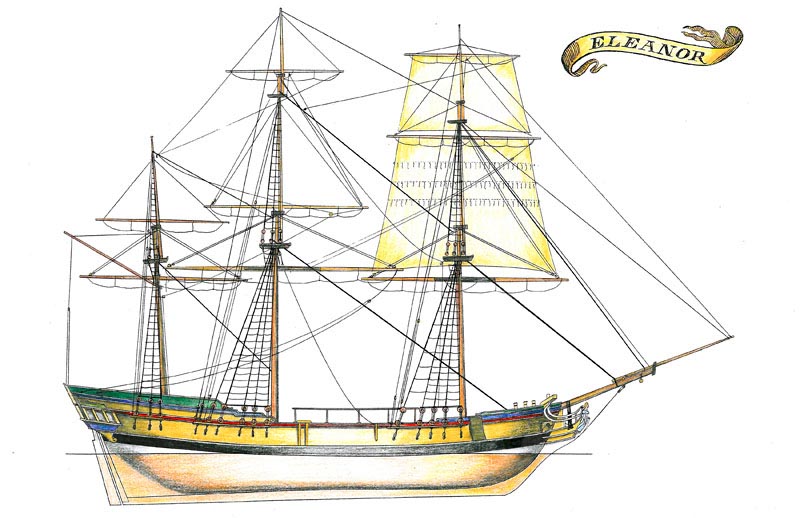Week 36: The Coming Storm
250 years ago, September, 1773, there was a Category 5 storm headed for the North Atlantic. But it wasn’t meteorological, it was monetary.
It had to do with one of the most valuable substances known to man, which was whale oil. In the days before petroleum products, whale oil provided a range of benefits like lubrication and lighting and moisturizing. And the most precious of all whale oils was something called spermaceti, which comes from the head cavity of sperm whales. Each large whale could provide about 100 gallons of the stuff, and it could be used to create a candle that burned brighter, cleaner and longer than anything else. The process of making these luxury candles was a closely guarded secret, and in America the market was monopolized by just one company: The United Company of Spermaceti Candlers, in Boston.
The world demand for whale oil and spermaceti was largely met by a fleet of ships sailing out of the Boston area, and specifically Nantucket. From this particular moment in history, we know the specific details of three of these ships. The first was called the Dartmouth, and it was a whaling vessel built in 1767 for a Quaker named Joseph Rotch. It was a classic whale-hunting boat, with a look-out station on the top of the main mast, little pulley arms extending over the side called ‘davits’ for launching small whaleboats, extra heavy rigging for hauling heavy blubber on board, and heavy iron pots on deck called ‘tryworks’ for boiling down the oil. Since it was a production vessel and Quakers were no-nonsense types, it probably had very few adornments.
The second ship, the Beaver, also owned by Rotch, was built in 1772 by Ichabod Thomas at the Brick Kiln Yard on the banks of the North River near Scituate, Mass. She was a trading brig – meaning she had two masts with multiple square sails – was a common size of 85 feet long and 24 feet wide, and her draft could not have been more than 9 feet because that’s the depth of the entry into the port of Nantucket.
The third ship was called the Eleanor, and she was a beauty. She was a brig like the Beaver, but since she was built for a wealthy Boston merchant named John Rowe, she probably had some elegant extras, such a grander set of sails on three or more masts, quarter galleries – that room with a beautiful wall of windows you that sometimes see on the stern –and a carved figurehead on the prow.
We also know that in September of 1777, all three ships weren’t headed for Boston, they were moored in England. You see, there were some English manufacturing firms who also knew the secret to making spermaceti candles, and sometimes they would pay a higher price for the raw materials than the Americans could offer. So even though Bostonians were growing angry with Parliament for the taxes that they had been levying on the American colonists, the captains of the three ships couldn’t resist making a stop in England and making a larger profit, rather than bringing the oil all the way home.
But now they had a problem. The ships were empty, and they needed to load up with something else of value that they could carry home to sell in Boston. And, as it turned out, right at that moment the East India Company was sitting on a huge surplus of tea in their English warehouse. And, just a few months earlier, Parliament had declared that the American colonists could only buy their tea from England, and nowhere else…
…and that’s how three New England whaling boats called the Dartmouth, the Beaver and the Eleanor left England in September, headed out into the North Atlantic…
…stuffed full not of whale oil and spermaceti, but with payloads of politically charged, low-grade tea…
…headed to Boston, where colonial anger with Parliament’s taxes was percolating…
…it’ll take about three months for the three ships to make the crossing…
